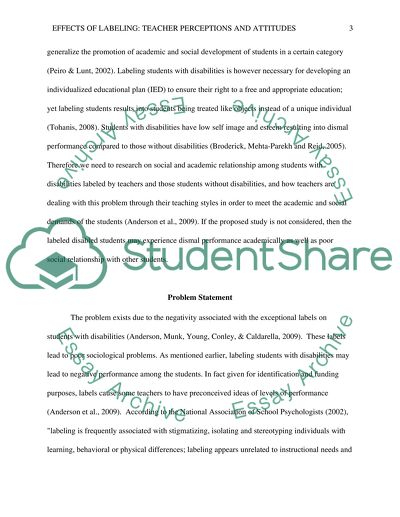Cite this document
(“Effects of Labeling: Teacher Perceptions and Attitudes Dissertation”, n.d.)
Effects of Labeling: Teacher Perceptions and Attitudes Dissertation. Retrieved from https://studentshare.org/education/1465001-effects-of-labeling-teacher-perceptions-and
Effects of Labeling: Teacher Perceptions and Attitudes Dissertation. Retrieved from https://studentshare.org/education/1465001-effects-of-labeling-teacher-perceptions-and
(Effects of Labeling: Teacher Perceptions and Attitudes Dissertation)
Effects of Labeling: Teacher Perceptions and Attitudes Dissertation. https://studentshare.org/education/1465001-effects-of-labeling-teacher-perceptions-and.
Effects of Labeling: Teacher Perceptions and Attitudes Dissertation. https://studentshare.org/education/1465001-effects-of-labeling-teacher-perceptions-and.
“Effects of Labeling: Teacher Perceptions and Attitudes Dissertation”, n.d. https://studentshare.org/education/1465001-effects-of-labeling-teacher-perceptions-and.


